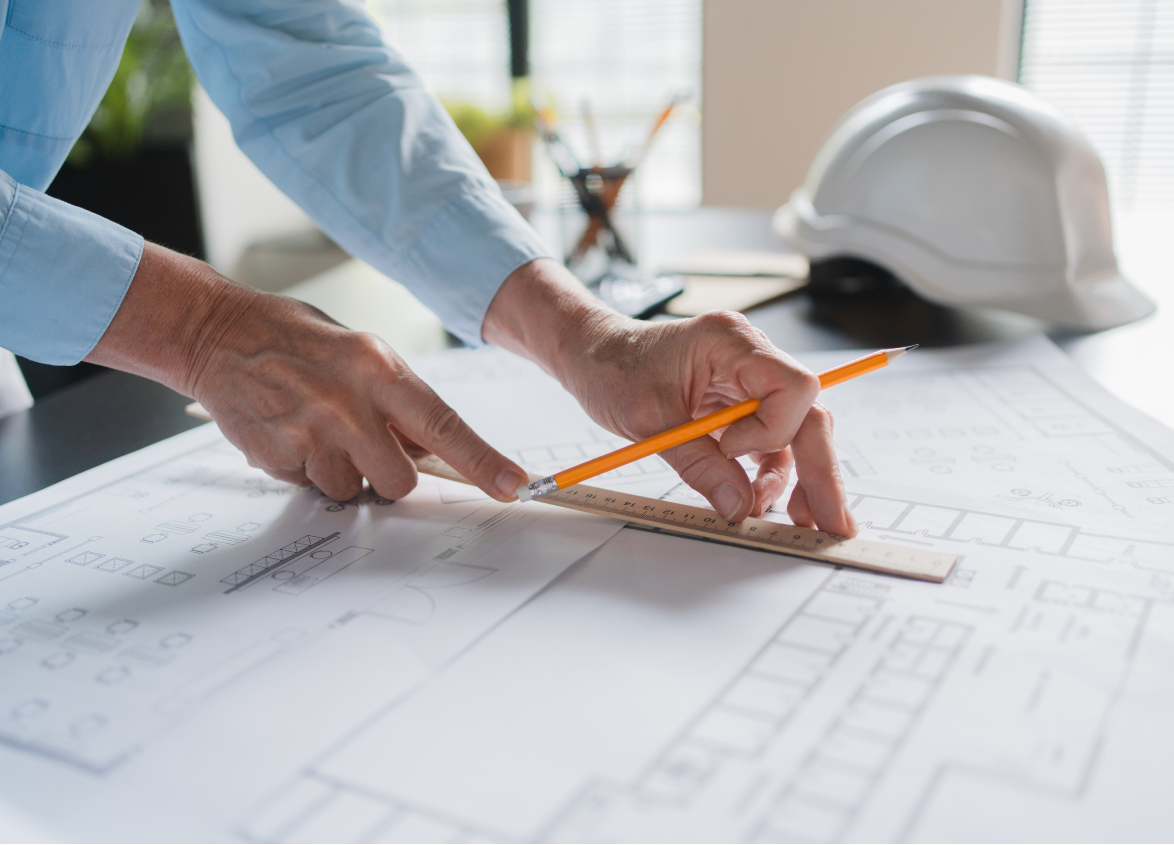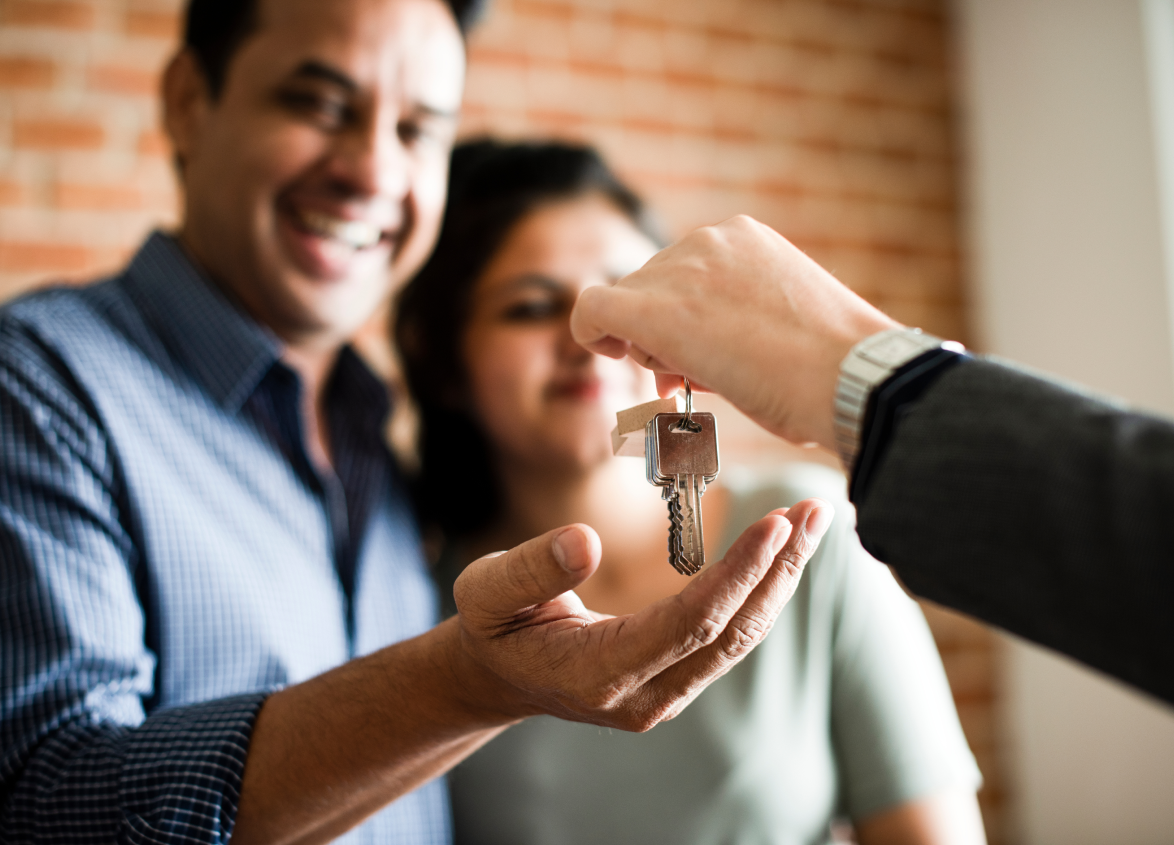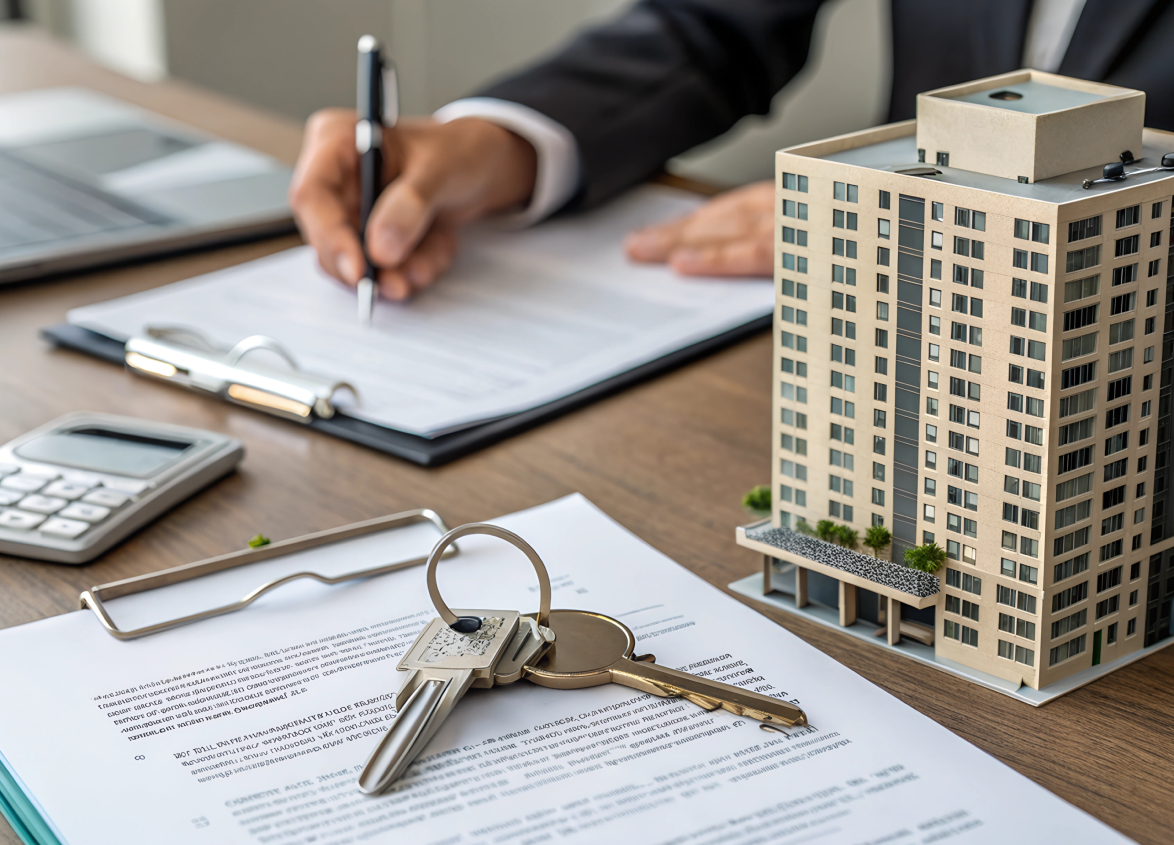
Commercial
The Comprehensive Guide to Understanding Commercial Office Space
July 18, 2024
Commercial office spaces include traditional, creative, contiguous, coworking and shared offices. Choosing the right one depends on factors such as business size, budget, culture and scalability needs. Hybrid work, wellness and smart tech are shaping the future of office trends.
Deciding on a commercial office isn't something to take lightly for any company. It affects the atmosphere you create for your employees, how much they get done, and how your business is perceived by others. This guide will explain everything you need to know about commercial office spaces, from what they are and why they matter to the different types of office space you have and how to pick the ideal one.
What is a Commercial Office Space?
Businesses use commercial office space , which can be anything from a small room in a shared building to a whole company headquarters, to run their day-to-day operations in a professional setting. These spaces come with perks like conference rooms for meetings, break rooms for relaxation, fast internet, and security systems.
Importance of Office Space in Business
In today's work-from-home world, you might wonder if offices are even relevant anymore. Believe it or not, having a physical office can be a major asset for a company's success. Here's why:
- First impressions matter. A nice office shows clients and partners that you're a professional and stable business. Think of it as an extension of your brand - a sharp office builds trust.
- Teamwork thrives in person. Physical types of office spaces allow coworkers to collaborate more easily. Being face-to-face can spark new ideas, communication is smoother, and it helps build a sense of community within the company.
- Boost productivity. A well-designed office can help employees get more done. It provides a dedicated workspace with fewer distractions, and amenities like break rooms and relaxation areas can keep employees happy and motivated.
- Your space, your culture. The way your office is set up can actually shape how your company works. An open floor plan encourages teamwork, while private offices give people a space to focus.
5 Common Types of Commercial Office Spaces: Explained
The commercial office space has numerous options to suit different needs and budgets. Here’s a breakdown of the most common types of office spaces:
Traditional Office Space
This is the most familiar type of office space. It features a more closed-off layout. Common features include:
- Reception Area: Welcomes visitors and clients
- Private Offices: Individual offices for managers, executives, and senior staff
- Bullpen: A large open area with cubicles for junior employees
- Boardroom: A large conference room for meetings and presentations
Pros:
- Promotes privacy and focus for individual work
- Maintains a professional image for client visits
- Has a quiet environment for confidential discussions
Cons:
- Can be expensive, especially in prime locations
- Less flexibility for team collaboration and interaction
- May not cater to modern work styles that emphasize collaboration
Creative Office Space
Designed to stimulate innovation and teamwork, creative office spaces have a more open and flexible layout. They feature:
- Open Floor Plan: Large, open areas with minimal walls to encourage interaction
- Flexible Furniture: Movable desks, chairs, and whiteboards to adapt to changing needs
- Collaboration Areas: Casual seating areas for brainstorming and meetings
- Modern Amenities: Amenities like break rooms with game tables, nap pods, and fitness centers
Pros:
- Encourages teamwork and communication between employees
- Creates a stimulating and inspiring environment for creative thinking
- Has a more casual and relaxed atmosphere for employees
Cons:
- Can be noisy and distracting for focused work
- May not be suitable for businesses that require a high degree of privacy
- Can be expensive due to the high-end features and amenities
Contiguous Office Space
This refers to renting multiple adjacent office spaces within a building. These types of office spaces can be on the same floor, above and below each other, or even span multiple floors. Contiguous office spaces are ideal for:
- Large Businesses: Companies with departments needing dedicated space but still wanting proximity
- Controlled Environment: Businesses requiring some physical separation between teams while minimizing distractions from other tenants
Pros:
- Has greater control over the overall office environment
- Allows for dedicated space for different departments or teams
- Minimizes distractions from other tenants in the building
Cons:
- Can be less cost-effective than other options, especially for smaller companies
- May require navigating between different spaces for collaboration
- May not foster the same level of company-wide interaction as open-plan offices
Coworking Space
Coworking spaces are shared work environments with flexible workspace solutions for individuals and startups. They provide amenities like desks, internet, meeting rooms, and printing facilities. These types of office spaces are befitting for:
- Startups and Freelancers: A cost-effective option with access to essential office infrastructure, eliminating the need for upfront investment in furniture and equipment.
- Networking Opportunities: Coworking spaces facilitate a community atmosphere. This will provide opportunities to connect with other professionals and build business relationships.
- Scalability: Coworking spaces allow businesses to quickly increase or decrease their workspace needs as their team grows or shrinks. This flexibility benefits firms and startups with fluctuating office space requirements.
Pros:
- Cost-effective solution for businesses with limited budgets
- Has a collaborative work environment
- Provides access to a variety of amenities and resources
- Highly flexible, allowing businesses to scale workspace needs
Cons:
- Can be noisy and distracting due to the shared environment
- May lack the privacy and control traditional offices had
- Limited customization options for branding and company culture
Shared Office Spaces
Similar to coworking spaces, these types of office spaces have furnished, ready-to-move-in offices. However, they accommodate more established businesses who need a temporary or flexible workspace solution. Shared office spaces provide:
- Private Offices: Individual or team offices with lockable doors for privacy.
- Meeting Rooms: Conference rooms for meetings and presentations.
- Business Services: Administrative support services like mail handling and reception.
Pros:
- More privacy and control compared to coworking spaces
- Has a professional environment suitable for client meetings
- Scalable solution allowing businesses to adjust their space needs
Cons:
- Can be more expensive than coworking spaces
- May not provide the same level of networking opportunities as coworking spaces
- Less flexibility in terms of furniture and layout customization
How to Choose the Right Office Space for Your Business
Selecting types of office space hinges on thoroughly understanding your company's unique needs. Here are some key factors to consider:
- Company Size and Structure: A coworking space or shared office might suffice for smaller teams. Larger companies with departmental structures may benefit from traditional or contiguous office spaces.
- Work Style and Culture: Consider whether your team thrives in a collaborative environment or needs dedicated quiet spaces for focused work. Then, choose an office layout that reflects your company culture.
- Growth Potential: If you foresee rapid growth, look for flexible spaces that can quickly adapt to accommodate additional employees. Consider options for expansion in the building or surrounding area.
- Budget: Office space can be a significant expense. Determine your budget upfront and explore options that fit your financial constraints. Shared spaces are typically more cost-effective than traditional office leases.
- Employee Preferences: Involving your employees in the decision-making process can boost morale and create a comfortable working environment. Consider conducting surveys or focus groups to understand their preferences.
Tips for Managing Your Commercial Office Space Efficiently
Once you've secured your preferred types of office spaces, effective management is crucial. Here are some key strategies to optimize your space:
- Space Optimization: Regularly assess your space utilization. Are there underutilized areas? Can furniture be rearranged for better workflow? Consider space-saving solutions like modular furniture.
- Maintenance and Upkeep: Prioritize regular maintenance to ensure a clean, functional, and aesthetically pleasing work environment. Address any repair needs promptly to avoid disruptions.
- Technology Infrastructure: Invest in a reliable and secure internet connection. Ensure your office has the technology infrastructure and software applications to support your team's needs.
- Sustainability: Implement eco-friendly practices like using energy-efficient lighting, recycling programs, and promoting a paperless environment. These practices benefit the environment and can reduce operational costs.
- Amenities and Services: Consider the amenities and services that enhance your employees' experience. Depending on your company culture and budget, this could include on-site cafeterias, fitness centers, or even childcare facilities.
Future Trends in Commercial Office Spaces
The traditional model of all types of office space is undergoing a significant transformation. The rise of remote work and technological advancements redefine how businesses utilize commercial spaces. Here are some key trends shaping the future of commercial office space:
- Hybrid Work Models: In the coming years, most workplaces will likely offer a mix of working from home and coming into the office. This means offices themselves need a makeover to fit this new way of working. Instead of rows of desks, they'll need more space for teams to brainstorm and meeting rooms for catching up in person.
- Increased Flexibility: In the future, the ability to easily change your office space will be important. Landlords will probably start delivering more temporary rental agreements and shared office spaces to keep up with businesses that have needs that keep changing.
- Focus on Employee Wellness: The focus will shift toward creating healthy and inspiring work environments that promote employee well-being. Expect biophilic design elements (incorporating nature), ergonomic furniture, and break rooms for relaxation.
- Technological Integration: Technology will redefine commercial office spaces. Expect intelligent building systems, seamless device integration, and data analytics tools. They will optimize space utilization and enhance user experience.
Final Thoughts: Choosing the Best Office Space for Your Needs
Finding the right office isn't just about having a place to work, it's about setting your company up for success and keeping your employees happy. If you're looking for a long-term investment, considering a commercial space for sale could be a strategic move, offering stability and potential appreciation in value. There are different types of office space out there, so take some time to figure out what your business really needs. Also, be sure to stay on top of the latest trends in office space. By doing your research, you can pick a spot that helps your team work together well, get things done, and grow the business.
MUST READ
Looking for something specific?
We'd be delighted to help you.





























































































































































































































































































































































































